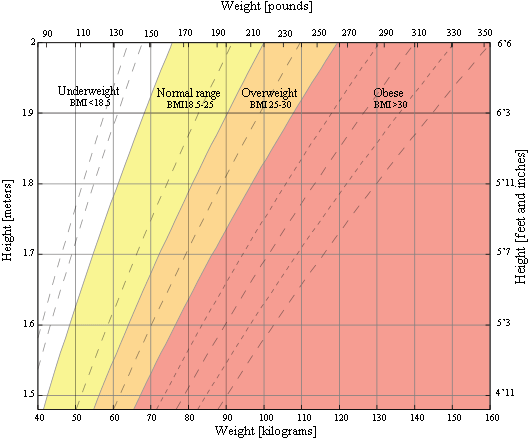
In addition, patients who were overweight (including overt obese patients) at the treatment initiation were compared with the patients who were not. The patients whose treatment was started before the age of 7 were compared with the patients whose treatment was started between the ages of 7 - 8 years. Two subgroup analyses were performed on the study group. Boys diagnosed with CPP were also excluded from the study because of different growth patterns. Patients diagnosed with peripheral precocious puberty or had any other chronic illness as well as using medication that may affect puberty and growth were excluded from the study. We have investigated the clinical and laboratory findings of those patients through the electronic medical records of the hospital at initiation (< 8 years) and at the end (11 years) of the treatment and compared them with each other.

A total of 43 girls who were diagnosed with idiopathic CPP and treated with GnRHa in pediatric endocrinology clinic of our hospital between 20 were included into the study. This study was designed as a single-center, descriptive, cross-sectional retrospective study. In this study, we aimed to examine the auxological findings of the girls who were diagnosed with CPP and treated in our pediatric endocrine outpatient clinic and to investigate the effect of related factors on the height gain at the end of the treatment. There are many studies on CPP which is a constantly up-to-date subject. The aim of GnRHa therapy in CPP is to promote normal growth and provide a normal adult height as well as to reduce psychosocial stress associated with early puberty ( 2). Gonadotropin-releasing hormone analogs (GnRHa) have been used in the treatment of CPP since the 1980s ( 3).

The diagnosis of idiopathic CPP is made after all organic causes have been ruled out. Central precocious puberty (CPP) occurs with the early activation of the hypothalamus-pituitary-gonadal axis due to an organic or a functional reason ( 2). In precocious puberty, secondary sexual characteristics maturate before 8 years in girls and before 9 years in boys ( 2). The major findings of puberty are the development of secondary sex characteristics, acceleration in skeletal maturation and change in body fat distribution ( 1). Puberty is a complex period from childhood to adulthood in which sexual maturation and reproductive ability are acquired.


 0 kommentar(er)
0 kommentar(er)
